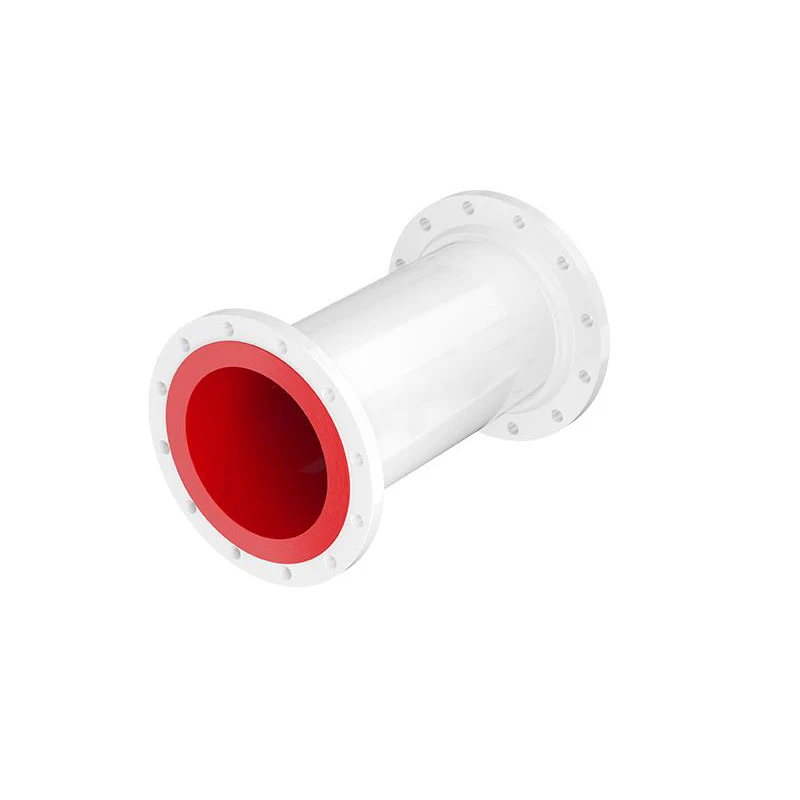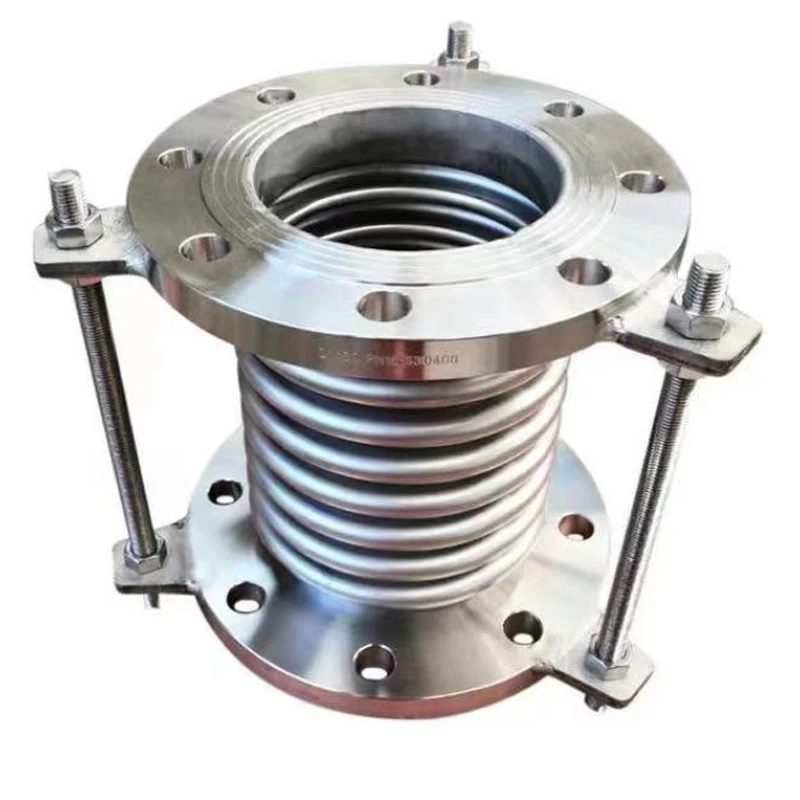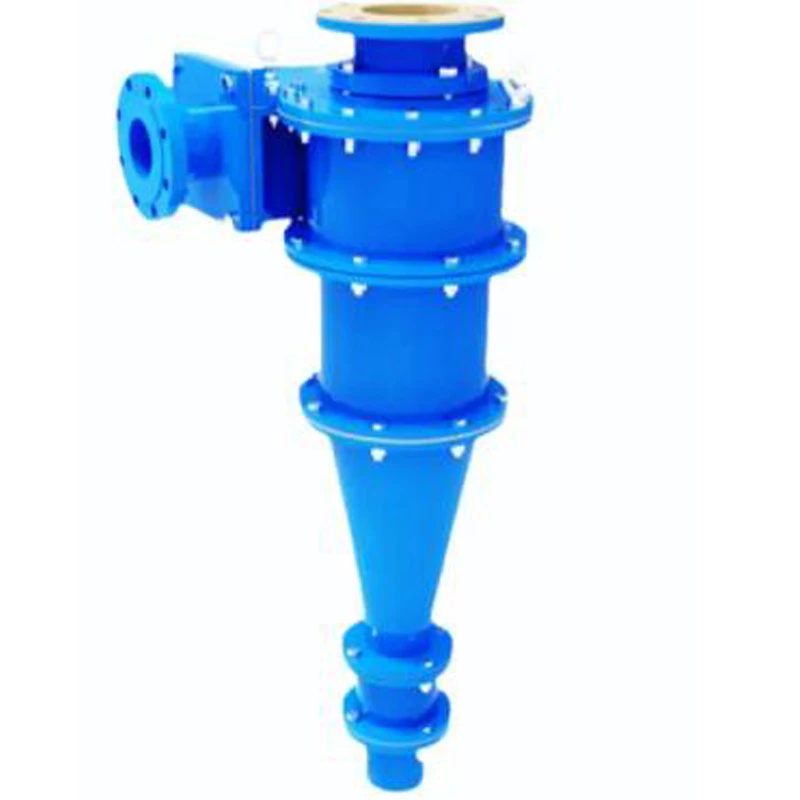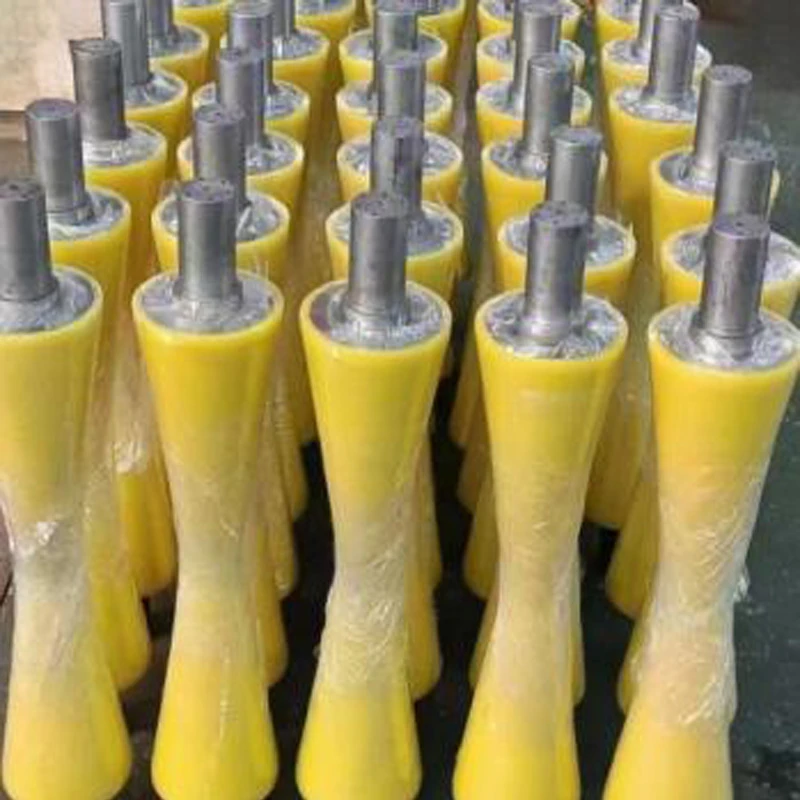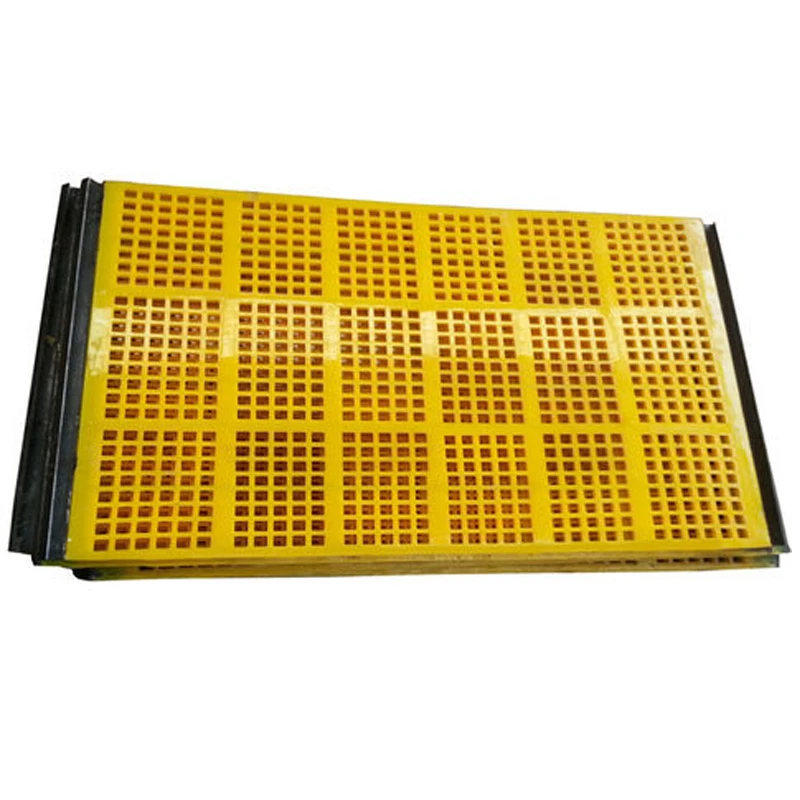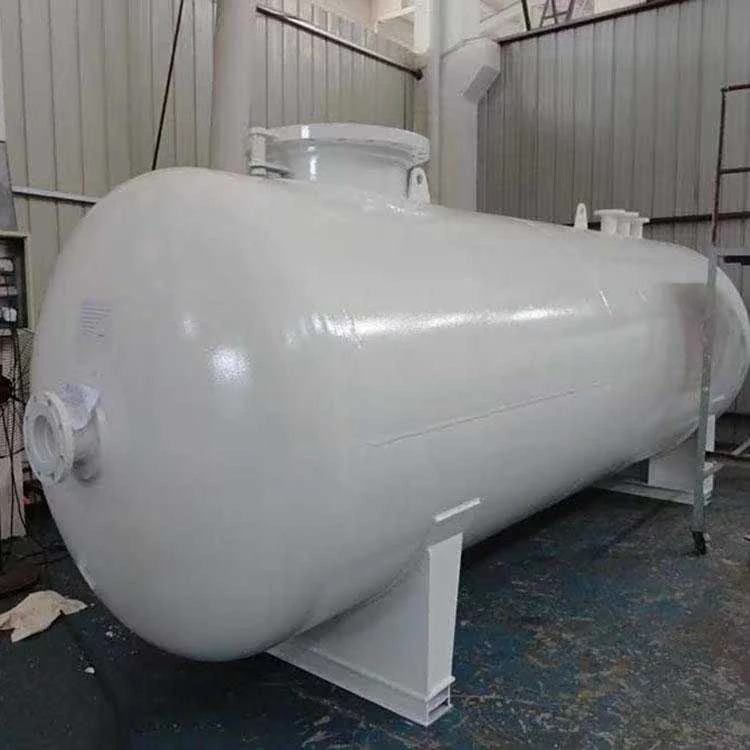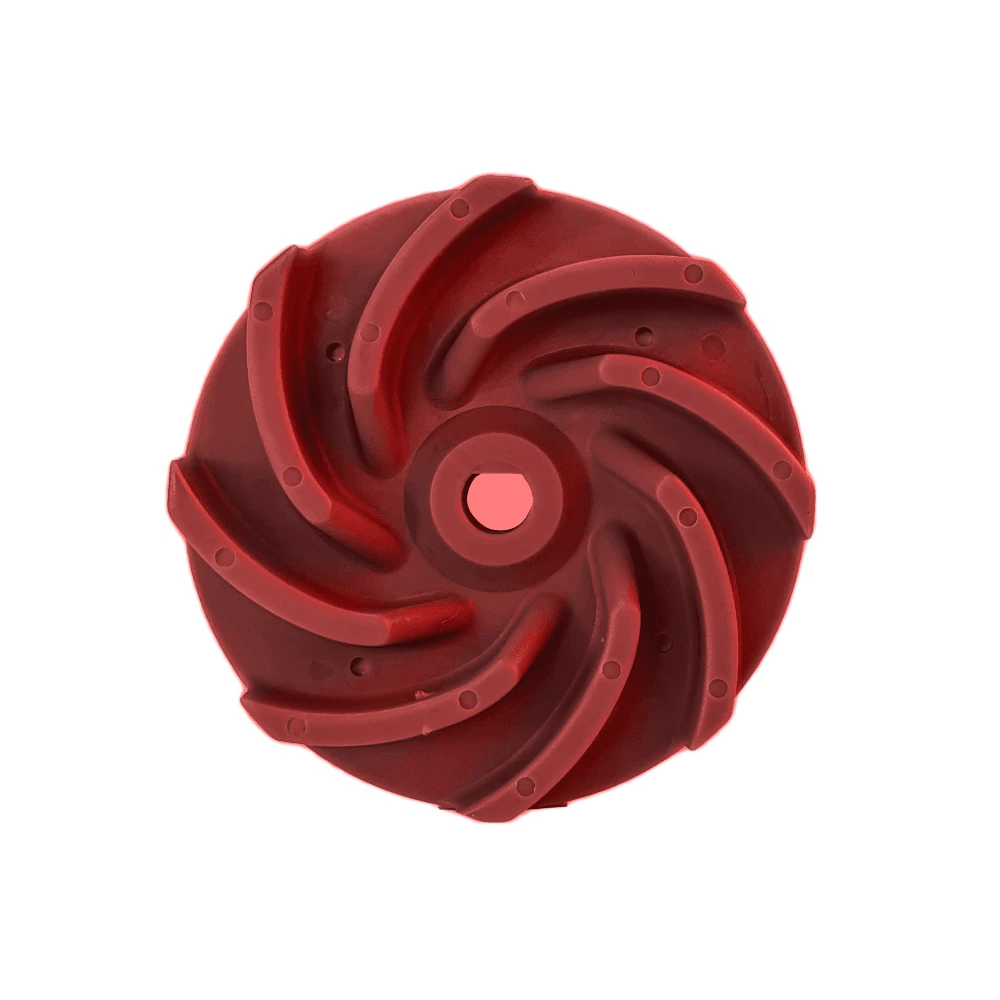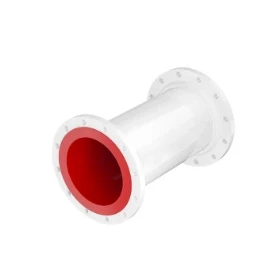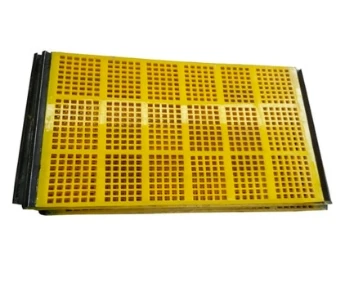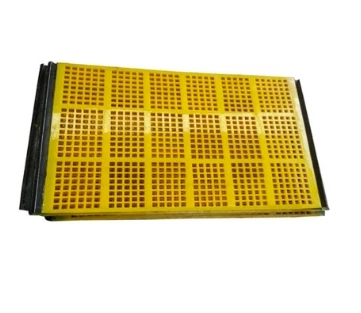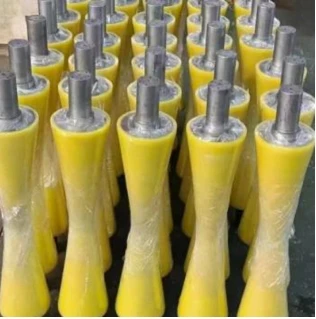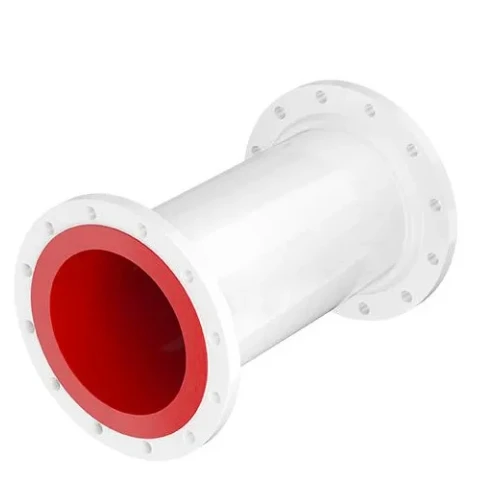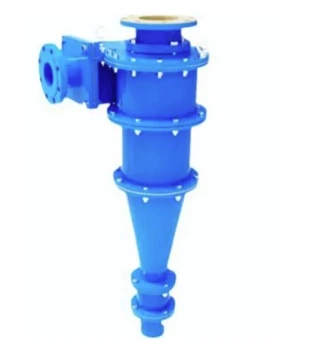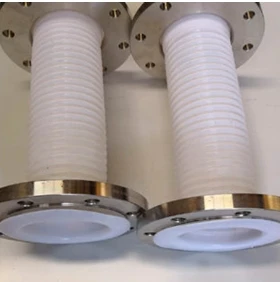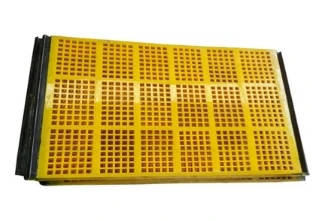Types of Cyclone Separators: High-Efficiency Dust & Sand Solutions
Understanding Cyclone Separators: An Industry Overview
Cyclone separators represent a pivotal technology in industrial processes, fundamental for particle separation from gas or liquid streams. Operating on the principle of centrifugal force, these devices are essential for environmental compliance, product recovery, and equipment protection across diverse sectors. Their efficacy lies in their robust design, minimal moving parts, and cost-effectiveness, making them a preferred solution for a wide range of particulate removal challenges. The industry continually evolves, driven by stricter emission regulations and the demand for higher efficiency, especially in fine particle capture.
In recent years, the market for these separation technologies has seen consistent growth, fueled by industrial expansion in developing economies and increasing investment in pollution control technologies globally. According to market analysis reports, the global industrial filtration market, of which cyclone separators are a significant component, is projected to reach over $35 billion by 2027, with a compound annual growth rate (CAGR) exceeding 6%. This growth underscores the critical role of advanced separation solutions in modern industrial operations, pushing innovation in design, material science, and operational efficiency to meet evolving demands.
Exploring the Diverse types of cyclone separator
The classification of cyclone separators is primarily based on their flow pattern and intended application, each type engineered to optimize separation efficiency for specific particle sizes and operational conditions. Understanding these variations is crucial for selecting the appropriate technology for a given industrial process. The most common designs include tangential inlet (reverse flow) and axial inlet (straight through) cyclones, each offering distinct advantages in terms of pressure drop, efficiency, and footprint.
- Reverse Flow Cyclones: These are the most prevalent, characterized by an inlet that introduces the dusty gas tangentially, creating a downward helical flow. Particles are forced to the wall by centrifugal action, slide down to the dust collection hopper, while the cleaned gas spirals upwards through an inner vortex finder. Their robust design makes them suitable for high-dust load applications and can achieve efficiencies up to 99% for particles larger than 10-20 microns.
- Axial Flow Cyclones: Also known as straight-through cyclones, these designs introduce gas axially, often with swirl vanes to create the necessary centrifugal force. While typically having lower pressure drop, their separation efficiency for finer particles might be slightly less compared to reverse flow types, making them ideal for pre-cleaning stages or applications where energy conservation is paramount.
- Multi-cyclones: For higher volumes and improved efficiency, especially with smaller particles, multiple small cyclones are operated in parallel within a common housing. This array allows for greater throughput and finer particle separation, often utilizing smaller diameter cyclones to enhance centrifugal forces, thus improving overall capture efficiency.
- High-Efficiency Cyclones: These are optimized designs of reverse flow cyclones, often featuring smaller cone diameters, longer cone lengths, or specific inlet/outlet configurations to maximize efficiency for particles in the 2-10 micron range. This comes at the cost of higher pressure drop but provides superior particulate removal.
- Specialized Cyclones: Beyond the standard classifications, specialized types cater to unique needs. For instance, a micro cyclone separator is specifically designed for sub-micron particle separation, critical in pharmaceutical, advanced material processing, and high-purity applications. These often feature very small diameters and intricate internal geometries. Similarly, a sand cyclone separator is robustly engineered for abrasive slurries and high-solids content, commonly found in mining, dredging, and aggregate processing, featuring wear-resistant materials and designs to handle high erosion rates.
Manufacturing Excellence: Crafting Robust Cyclone Separators
The production of high-performance types of cyclone separator involves a meticulous process, from material selection to precision engineering and rigorous quality control. Our commitment to excellence ensures each unit delivers optimal performance, longevity, and reliability even in the most demanding industrial environments. The choice of material is critical, dictated by the process stream's characteristics, including temperature, pressure, corrosivity, and abrasiveness. Common materials include carbon steel for general applications, stainless steel (SS304, SS316L) for corrosive environments, and specialized alloys like Hastelloy or Inconel for extreme conditions.
Manufacturing begins with material preparation, followed by precision cutting, forming, and welding of the conical and cylindrical sections. Advanced manufacturing processes such as CNC machining are employed for critical components like the vortex finder and dust outlet, ensuring dimensional accuracy and optimal flow dynamics. For applications involving highly abrasive media, internal surfaces may undergo specialized treatments such as ceramic lining, hard-facing, or rubber lining to significantly extend the product's lifespan. Every Cyclone Separator undergoes stringent quality checks, including radiographic testing of welds, hydrostatic testing for pressure integrity, and visual inspections to meet or exceed international standards such as ISO 9001:2015 and ANSI/ASME B31.3 for process piping. Our products are designed for an operational lifespan of 15-20 years under normal operating conditions, reflecting our confidence in their durability.
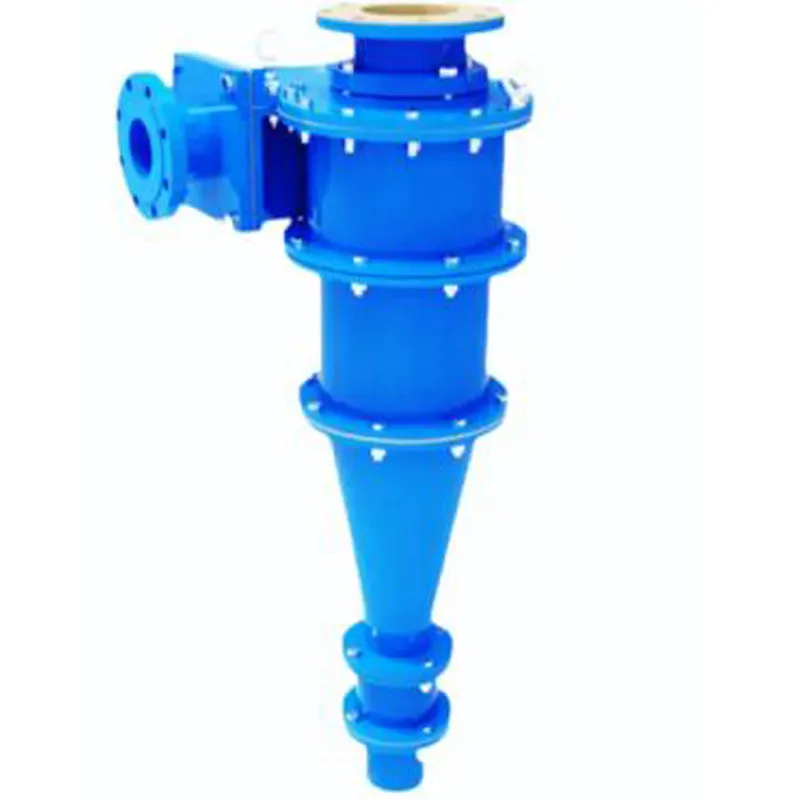
A visual representation of internal components of a high-efficiency cyclone separator.
Technical Specifications and Performance Advantages
The selection of the optimal types of cyclone separator is heavily reliant on understanding their technical parameters and the performance advantages they offer. Key parameters include inlet gas velocity, pressure drop, particle size distribution, and collection efficiency. Our cyclone separators are engineered to provide significant operational benefits, including exceptional energy efficiency due to their low pressure drop designs, reducing overall power consumption for fan systems. Furthermore, their robust construction with corrosion-resistant materials ensures long-term integrity, minimizing maintenance requirements even in harsh chemical environments.
| Parameter | Standard Reverse Flow | High-Efficiency Cyclone | Micro Cyclone Separator | Sand Cyclone Separator |
|---|---|---|---|---|
| Typical Particle Size Range (µm) | 10-200 | 2-20 | 0.5-5 | 50-1000 |
| Collection Efficiency (for target size) | 90-99% (>10µm) | 95-99.9% (>2µm) | 90-98% (>0.5µm) | 98-99.9% (>50µm) |
| Pressure Drop (in. H2O) | 2-5 | 5-10 | 10-20 | 1-4 |
| Operating Temperature Range (°C) | -20 to 500+ | -20 to 500+ | -10 to 300 | 0 to 80 |
| Typical Material | Carbon Steel, SS304 | SS316L, Hastelloy | SS316L, Ceramics | Carbon Steel w/ lining |
Beyond these parameters, the robust design of our types of cyclone separator ensures resistance to corrosion and abrasion, critical for applications in industries dealing with aggressive chemicals or highly erosive media. This significantly extends the operational lifespan and reduces maintenance downtime, leading to lower total cost of ownership. Clients frequently report significant reductions in particulate emissions, often exceeding regulatory requirements, and an increase in downstream equipment longevity by preventing wear and tear from airborne particulates. For instance, a major petrochemical client observed a 15% reduction in fan energy consumption after upgrading to our optimized cyclone separation systems.
Diverse Application Scenarios and Industry Impact
The versatility of types of cyclone separator makes them indispensable across a multitude of industries for particulate control, product recovery, and air pollution abatement. Their robust nature allows for operation in high-temperature and high-pressure environments where other filtration methods may fail.
- Petrochemical Industry: Essential for catalyst recovery in fluid catalytic cracking (FCC) units, ensuring efficient operation and reducing valuable catalyst loss. They also play a crucial role in gas purification processes, removing particulates from process streams before they enter reactors or compressors, protecting sensitive equipment from abrasion and fouling.
- Metallurgy and Mining: Utilized for dust collection from furnaces, crushers, and conveyors, improving air quality and recovering valuable metal dust or ore fines. Specialized sand cyclone separator units are particularly vital here for dewatering and classifying mineral slurries, efficiently separating solid particles from liquid streams.
- Power Generation: Employed in coal-fired power plants for fly ash collection, reducing particulate emissions and preparing ash for disposal or beneficial reuse. Their ability to handle high temperatures is advantageous in these applications.
- Cement Production: Critical for separating clinker dust and other particulate matter from exhaust gases, improving air quality and recovering valuable cement products.
- Food Processing: Used for ingredient recovery (e.g., flour, starch) and dust control in pneumatic conveying systems, ensuring product purity and workplace safety. Here, designs often comply with FDA guidelines, using food-grade stainless steel.
- Pharmaceuticals: micro cyclone separator variants are crucial for fine powder collection during tablet pressing, granulating, and drying processes, ensuring precise material recovery and maintaining cleanroom standards.
- Water and Wastewater Treatment: Though less common than for gas, specialized hydrocyclones are used for grit removal and primary solids separation in municipal and industrial water treatment facilities.
Each application benefits from the inherent advantages of cyclone technology: low operational costs, minimal maintenance, and the ability to operate effectively in harsh conditions, contributing to significant energy savings and compliance with stringent environmental regulations.
Tailored Solutions and Client Success Stories
Recognizing that every industrial process has unique requirements, we specialize in providing customized types of cyclone separator solutions. Our engineering team collaborates closely with clients to design systems that precisely match their specific operational parameters, including gas flow rates, particle size distribution, temperature, and pressure. This bespoke approach ensures maximum efficiency and integration with existing infrastructure, whether it's optimizing an existing system or engineering a new one from concept to commissioning.
Our long-standing presence in the industry, spanning over two decades, is a testament to our expertise and reliability. We hold multiple international certifications, including ISO 9001:2015 for quality management and environmental compliance certifications, reflecting our commitment to the highest standards. We have successfully completed over 500 projects worldwide, partnering with leading enterprises in oil & gas, metallurgy, and chemical processing. One notable case involved designing a custom multi-cyclone system for a large-scale steel mill, which resulted in a 98.5% reduction in particulate emissions, significantly surpassing the local environmental standards and reducing their operational penalties. Another project involved providing a series of compact micro cyclone separator units for a pharmaceutical client, enabling them to recover over 95% of fine active pharmaceutical ingredients (APIs), leading to substantial cost savings and waste reduction.
Frequently Asked Questions (FAQ)
- Q1: What is the typical lifespan of a Cyclone Separator?
- A1: With proper material selection and regular maintenance, our cyclone separators are designed to have an operational lifespan of 15-20 years. For highly abrasive applications, specialized linings can further extend this by several years.
- Q2: How do you ensure product quality and compliance?
- A2: We adhere strictly to ISO 9001:2015 quality management systems. All products undergo rigorous testing, including material composition analysis, weld integrity checks, and performance simulations. Our designs comply with relevant industry standards like ASME, ANSI, and local environmental regulations.
- Q3: Can your cyclone separators handle high-temperature or corrosive environments?
- A3: Absolutely. We manufacture types of cyclone separator using specialized materials such as high-grade stainless steels (SS316L), Hastelloy, and other corrosion-resistant alloys, along with ceramic or refractory linings, to withstand temperatures up to 800°C and highly corrosive chemical environments.
- Q4: What is your typical delivery and installation timeframe?
- A4: Delivery times vary based on complexity and customization, typically ranging from 8 to 16 weeks from order confirmation. We provide comprehensive installation guidelines and offer on-site technical support and supervision to ensure seamless integration and optimal performance.
- Q5: What kind of warranty and customer support do you offer?
- A5: We provide a standard 1-year warranty on all manufacturing defects and operational performance, extendable based on project scope. Our dedicated customer support team is available 24/7 for technical assistance, spare parts, and troubleshooting, ensuring continuous operational uptime for our clients.
References
- Kleinhof, L. "Principles and Applications of Cyclonic Separation Technology." Journal of Industrial Air Quality, Vol. 45, No. 2, 2022.
- Schmidt, R. "Advanced Designs in Particulate Control: A Review of Cyclone Separator Innovations." Environmental Engineering Research, Vol. 18, No. 4, 2021.
- International Organization for Standardization (ISO). "ISO 9001:2015 Quality management systems – Requirements."
Related Products
Our main products are polyurethane lined pipes, mining equipment fittings and metal hoses.




